Preparing for Rising Tax Rates
The current tax code is set to expire in 2026. The graph below shows what has happened with tax rates since 2016 and what is scheduled to happen going forward until 2030. The most notable changes beginning in 2026 are as follows:
· The 12% tax bracket becomes the 15% bracket.
· The 22% tax bracket becomes the 25% bracket.
· The 24% bracket is eliminated and replaced with a 28% and 33% tax rate.
· The top tax bracket is increased and expanded to 39.6%
How does the expectation of rising tax rates influence financial decisions?
So many elements of the future is unknown. Investment markets, the economy and personal circumstances are constantly changing as time progresses. Knowing this, Beacon helps clients navigate this uncertainty by embedding flexibility within your financial plan. This is also the case when it comes to expectations around tax rules. Here are some ways to help you take advantage of the current lower tax rates:
Roth Conversions: One of the most effective strategies to consider is converting funds to a Roth IRA. By paying taxes on the converted amounts now, you can lock in the current lower tax rates. The benefits of a Roth IRA include tax-free growth and tax-free withdrawals in retirement, which will be even more advantageous if tax rates are higher.
Accelerate Income: If you have flexibility with your income, consider accelerating it into the years before 2026. This could include taking bonuses, exercising stock options, or realizing capital gains now rather than later.
Delay (and Bunch) Charitable Deductions: The standard deduction is scheduled to decrease in 2026. Those taxpayers who have been taking the standard deduction may not be receiving tax benefit from charitable contributions. They may want to delay charity and bunch them into 2026.
By taking proactive steps now, you can make the most of the current tax environment and be prepared for the rising tax rates in 2026. Let us know how we can help optimize your tax plan.

